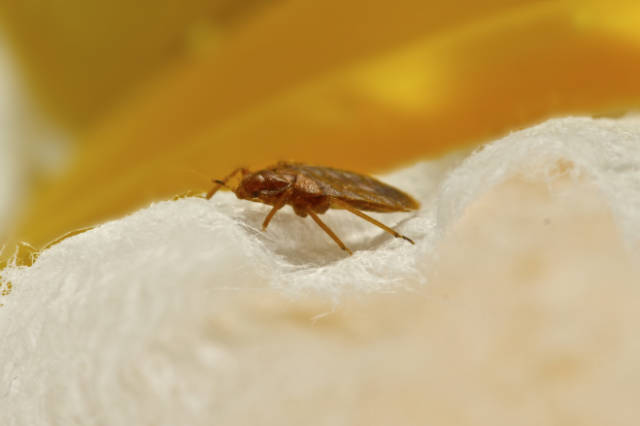Bed bug infestations continue to be a nightmare for both homes and business owners, so people are still looking for ways to get rid of them. Heat treatment has become a promising way to get rid of these hardy pests, even though there are other choices. But the success of heat treatment for bed bugs is a confusing topic because it makes people wonder what its pros and cons are. Let’s look more closely at this new information and talk about the pros and cons of using heat to get rid of bed bugs.
Heat Treatment’s Pros:
High Effectiveness: Heat treatment is very good at getting rid of bed bugs at all times of their lives, from eggs to adults. The constant heat breaks up the proteins in their cells, which causes damage that can’t be fixed and eventually kills them. This makes sure that they are completely wiped out.
Eco-Friendly: One of the best things about heat treatment is that it is good for the environment. Heat doesn’t leave harmful chemicals or residues behind like chemical treatments do. This makes heat a safer choice for people, pets, and the environment.
Bed bugs often hide in cracks, gaps, and furniture, but heat treatment can get deep into these places. The heat gets into every nook and corner, so the pests have nowhere to go. This makes it more likely that the pests will be killed.
No Bed Bugs Can Get Used To It: Bed bugs can get used to chemicals over time, but they can’t get used to heat. Even though bed bugs have become immune to pesticides, heat is still a good way to get rid of them.
Fast and Effective: Heat treatment is fast and effective because it can be done in one sitting, which usually takes a few hours. This means there will be less trouble in everyday life and the problem will be solved faster.
Heat Treatment’s Downsides:
Cost: The burstiness of heat treatment comes at a high price, often more than other traditional ways of treatment. The cost goes up because you need specialized tools, skilled technicians, and more than one follow-up.
Fire Hazard: Heat treatment includes raising the temperature to levels that can kill, which, if not done right, can be a fire hazard. To reduce this risk as much as possible, trained pros must take precautions and follow strict safety rules.
Damage to Property: If something bursts at a high temperature, it could hurt sensitive items, technology, and certain materials. During the treatment process, it is important to carefully look at these things and make sure they are safe.
Lack of Residual Effect: Unlike pesticides, heat treatment doesn’t leave behind a lasting effect, so it doesn’t protect against future outbreaks for a long time. Still, you need to take precautions and have regular checks.
Burstiness in heat treatment works best in small, confined areas. This makes it better for residential settings or small, localized infestations. Heat treatment may not be as useful for big infestations or large commercial areas.
When it comes to the question of whether or not heat treatment for bed bugs works, there are a lot of different pros and cons. Heat treatment is a good choice for many problems because it is effective, doesn’t hurt the environment, and can reach places where pests are hiding. But it has some problems, like being expensive, dangerous for fires, and hard to use. To make a good choice, you need to think carefully about the specific infestation and talk to professional exterminators. Understanding the pros and cons helps us take advantage of the new information and choose the best way to fight bed bugs so that our homes and businesses are free of pests.



